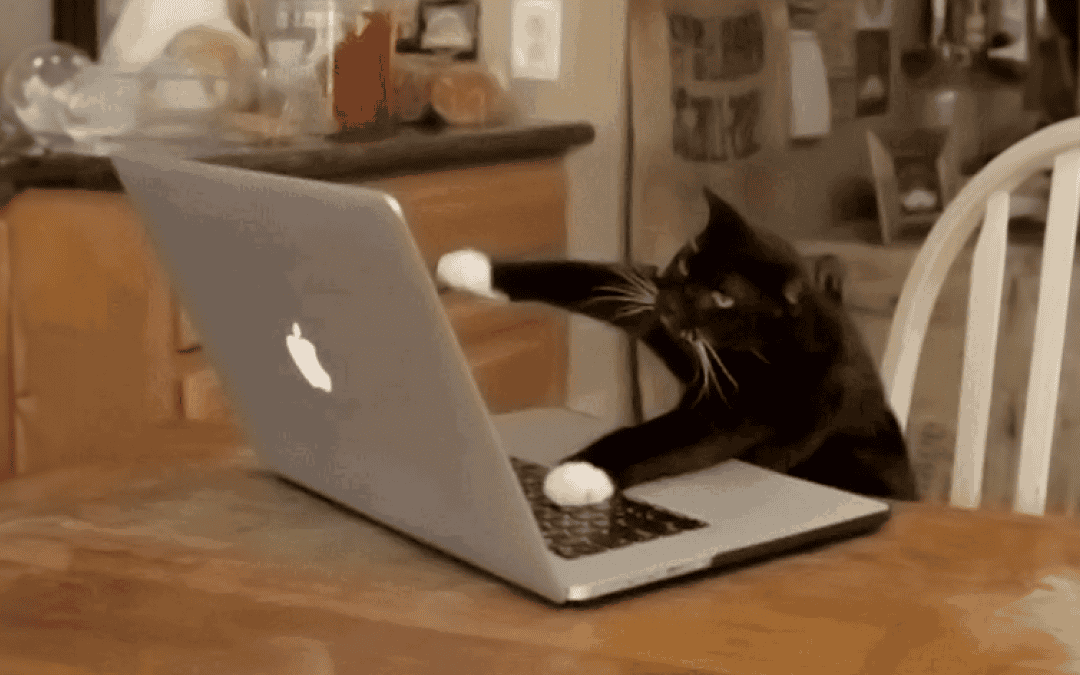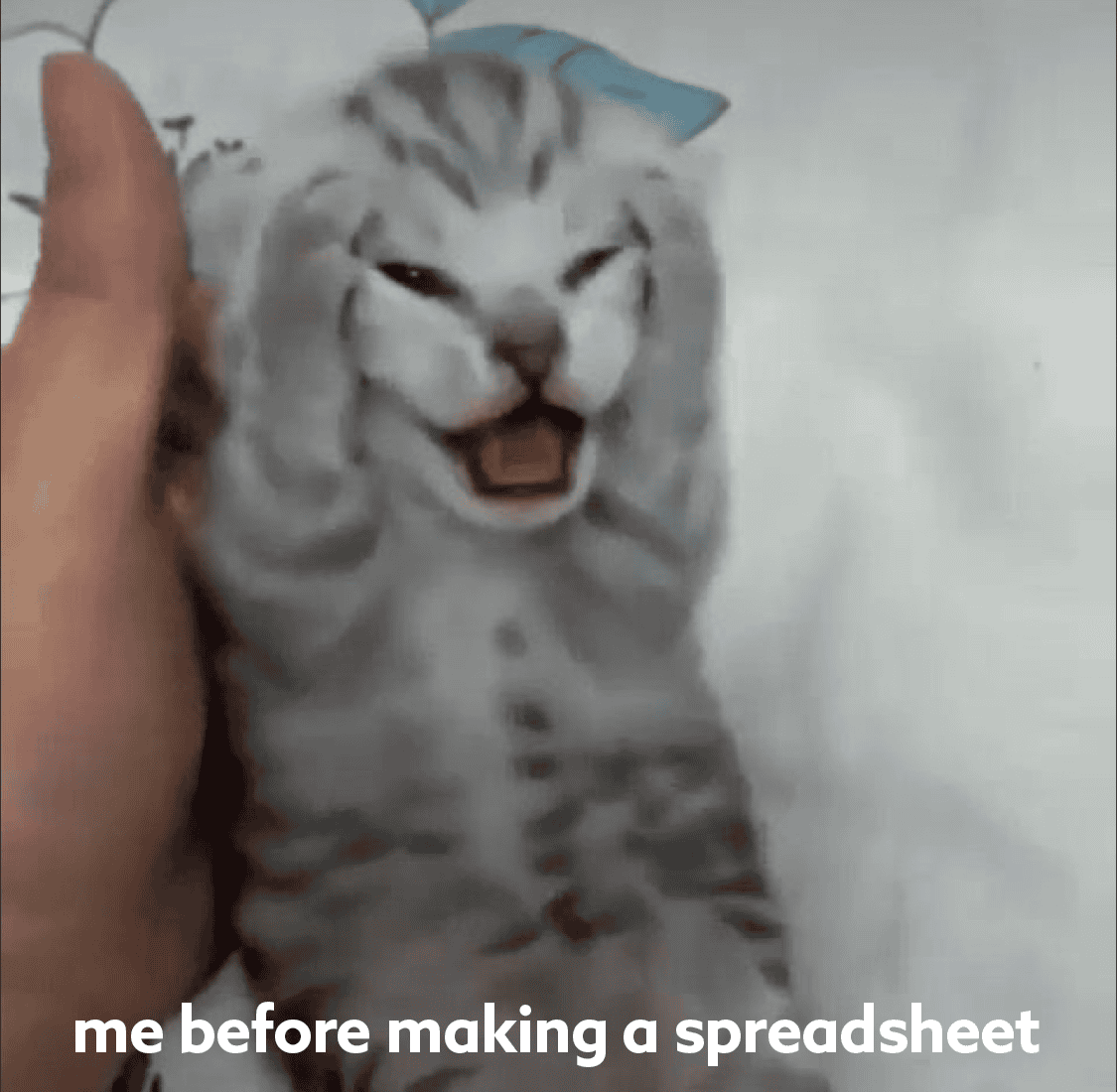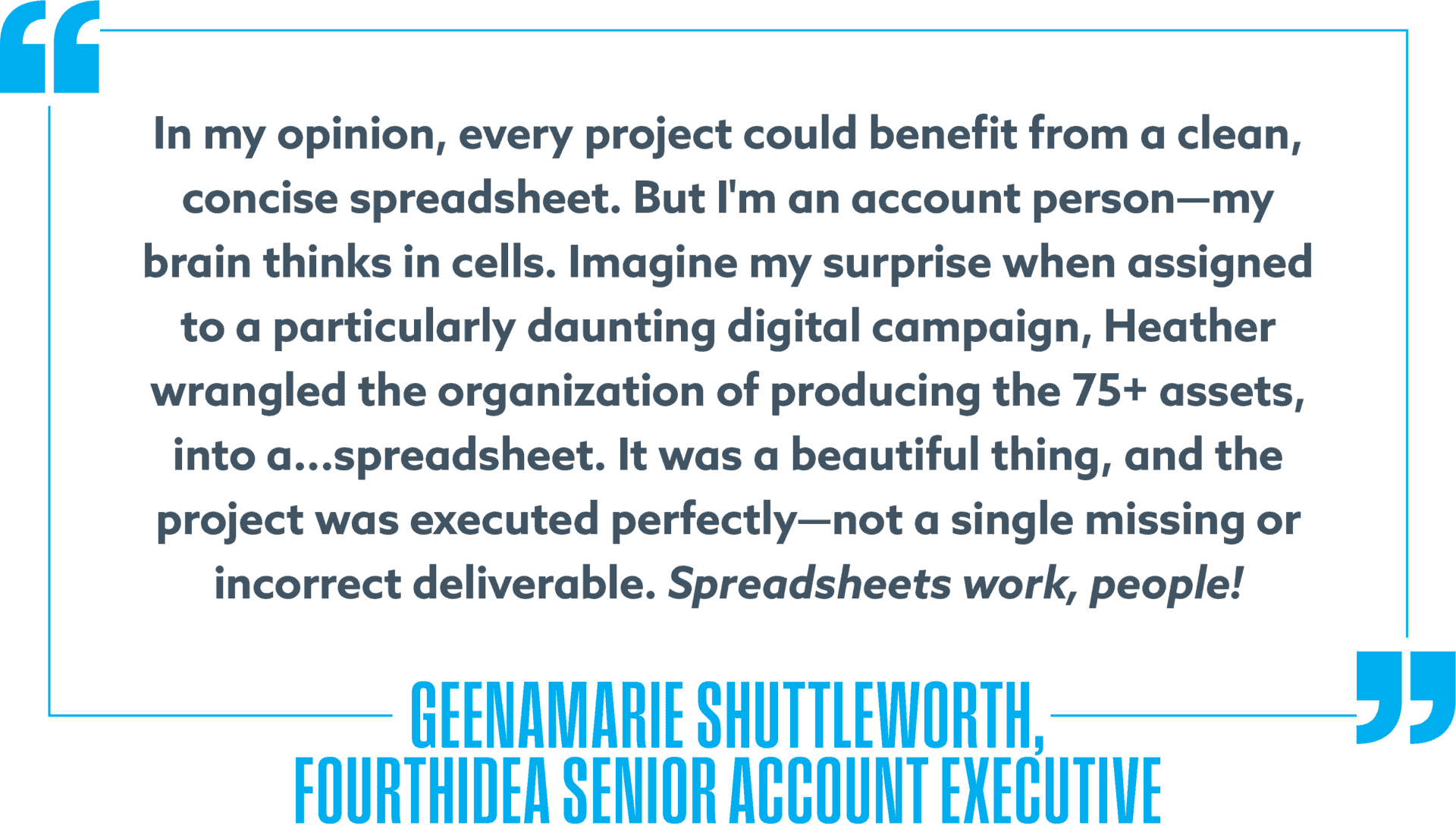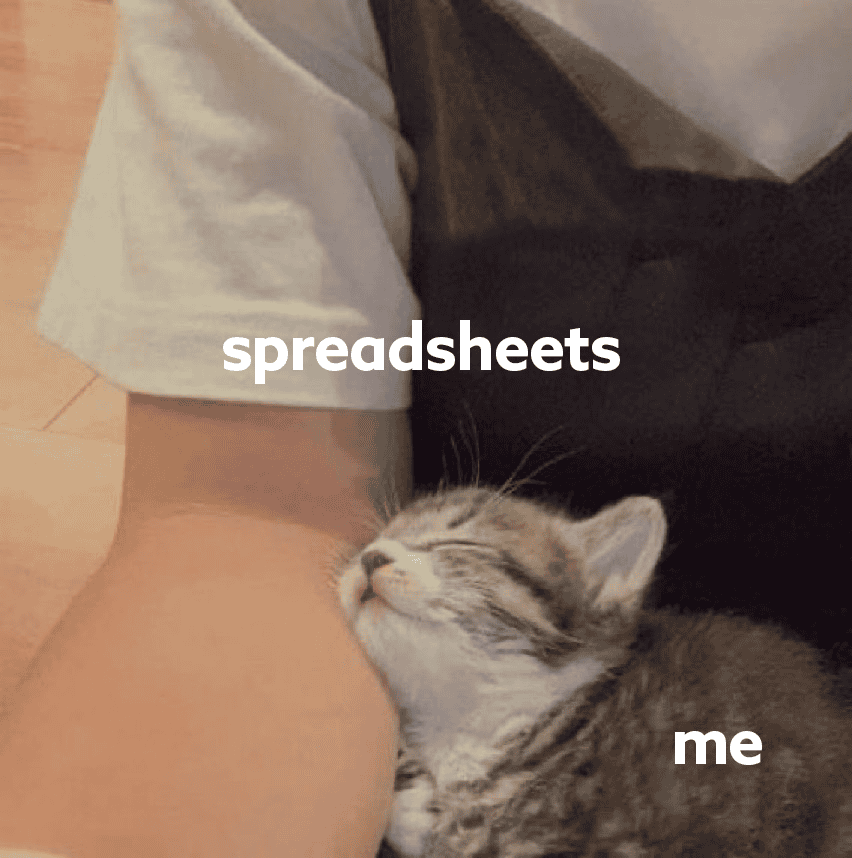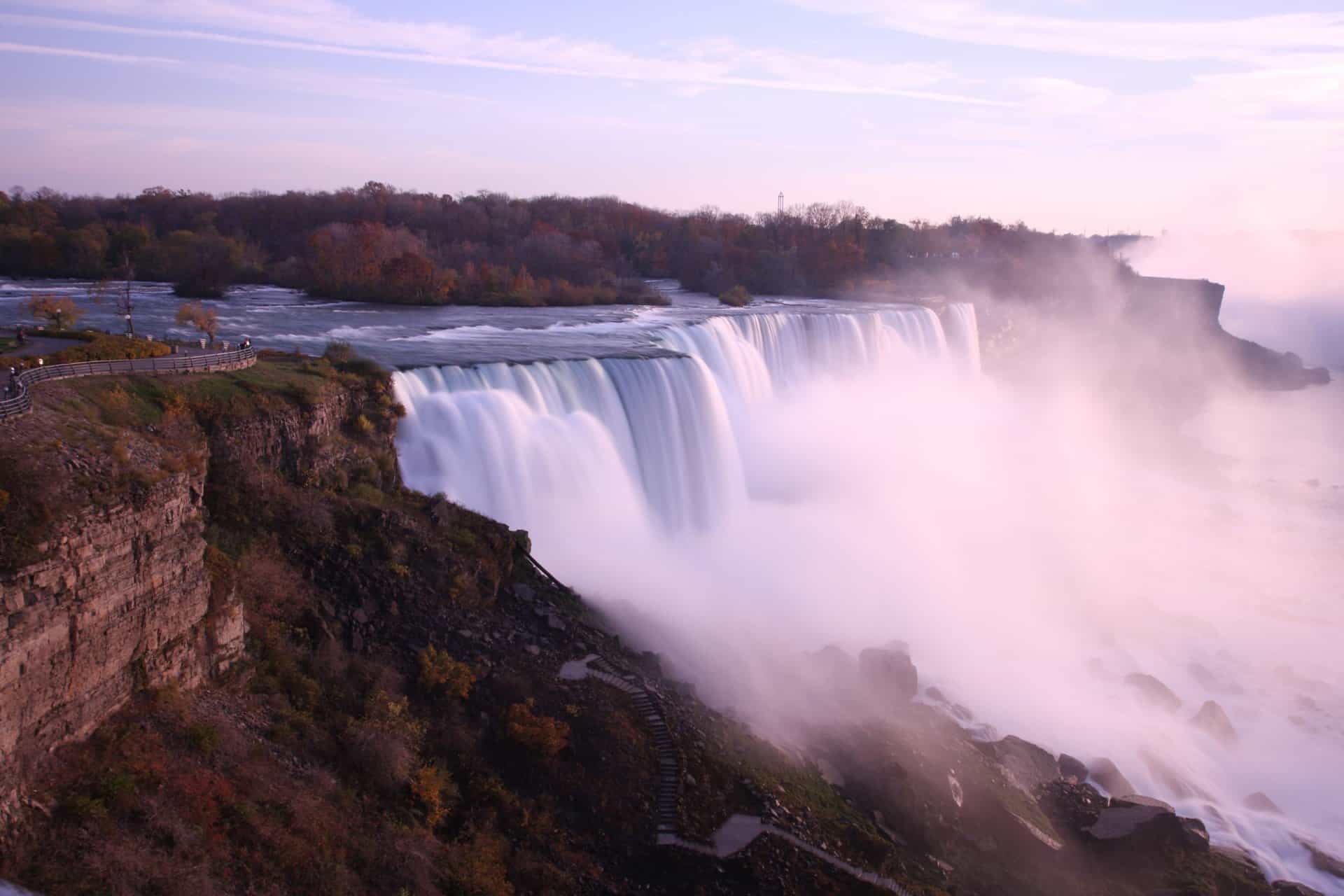
Set Survival. Shooting with Kids and Critters
Not to brag, but we’ve gotten the art of complex photo and video shoots down to a science given the number of photo-worthy tourism clients that have invited us in to capture their destinations. But sometimes, when our talent includes small humans or members of the animal kingdom hell-bent on doing whatever they want instead, shoots can include some pretty funny moments and a bit of creative problem solving. Associate Creative Director Joe Conti shares some insights on what it’s like to wrangle kids and critters on set.
Tell me about some of the shoots you’ve directed that involve kids and animals.
Kids are part of most almost every shoot we do because most of our clients are family-friendly destinations – Corning Museum of Glass; Cabarrus County, North Carolina; Niagara Falls USA; Dutchess County, NY. Recently we orchestrated shoots featuring both kids and animals for the Aquarium of Niagara and Great Lakes 360 brand launch videos.

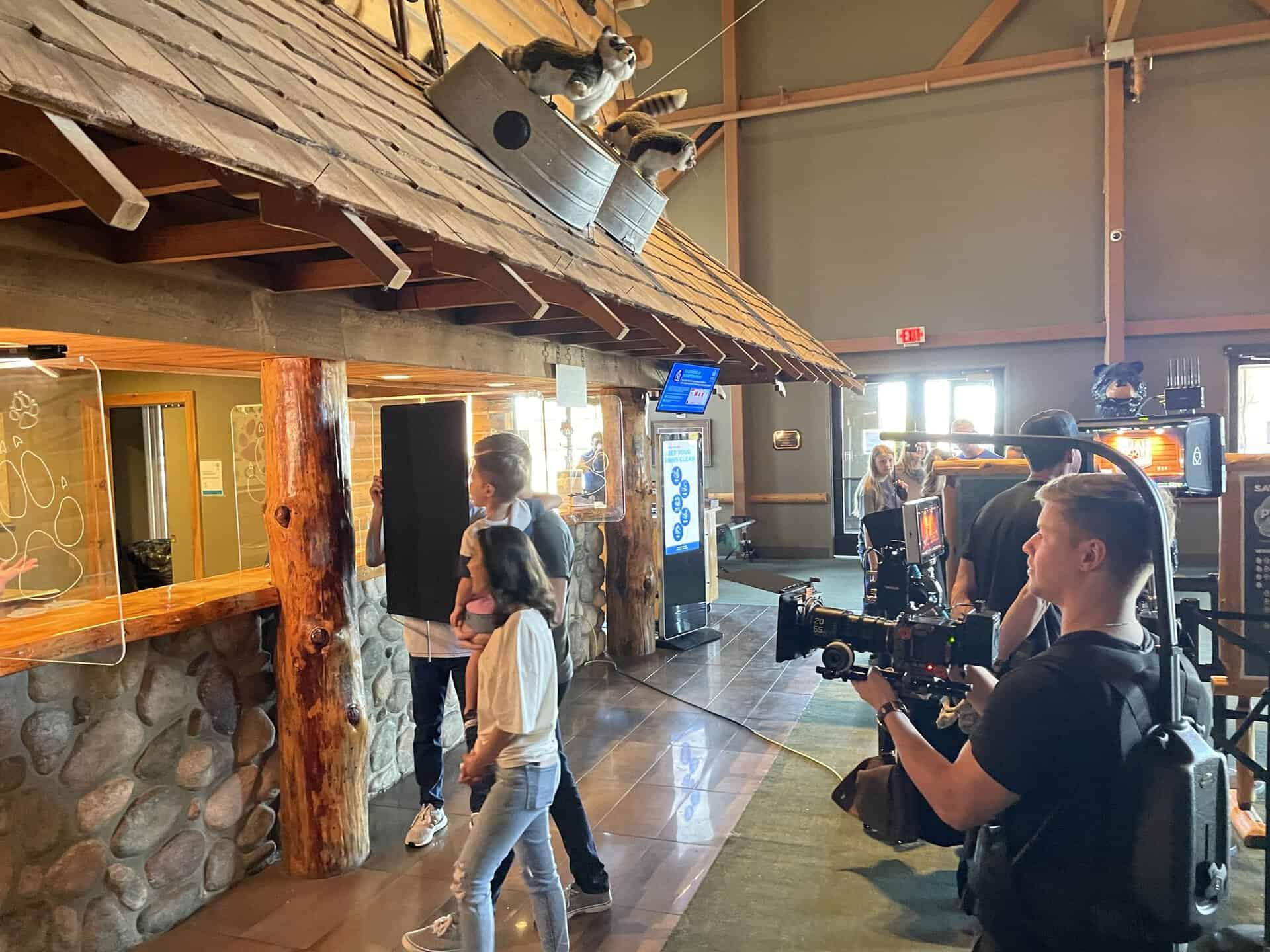
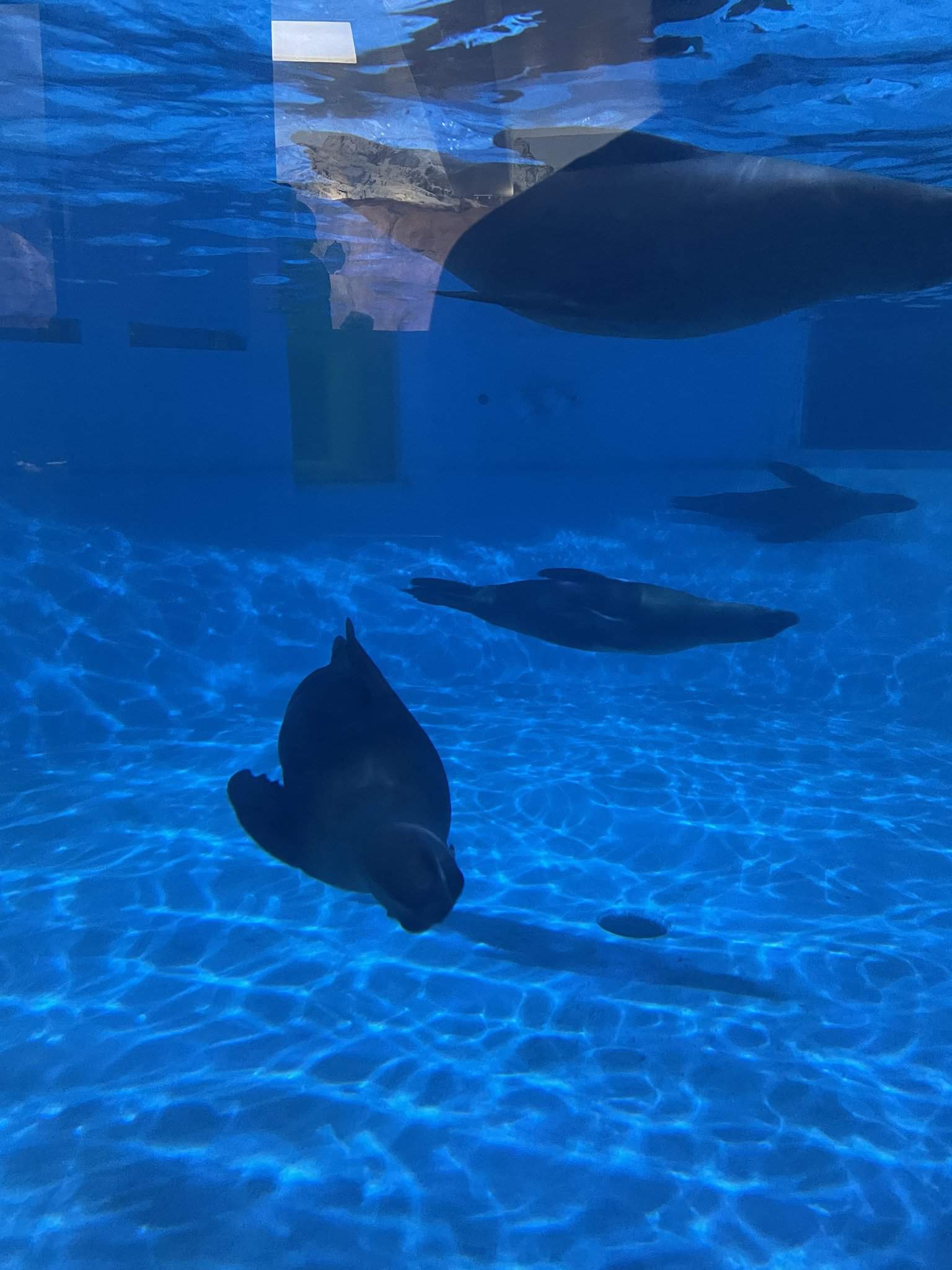
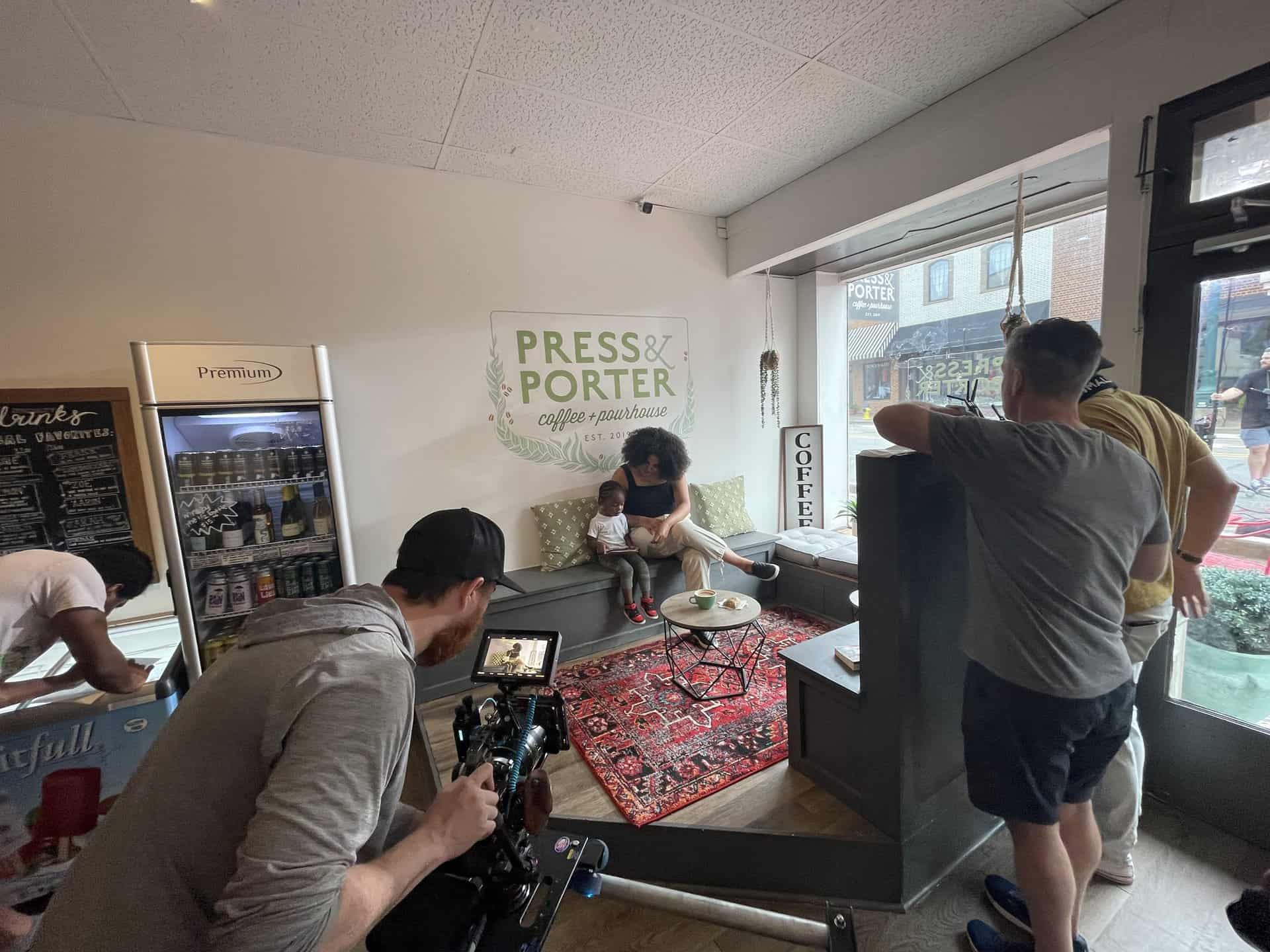
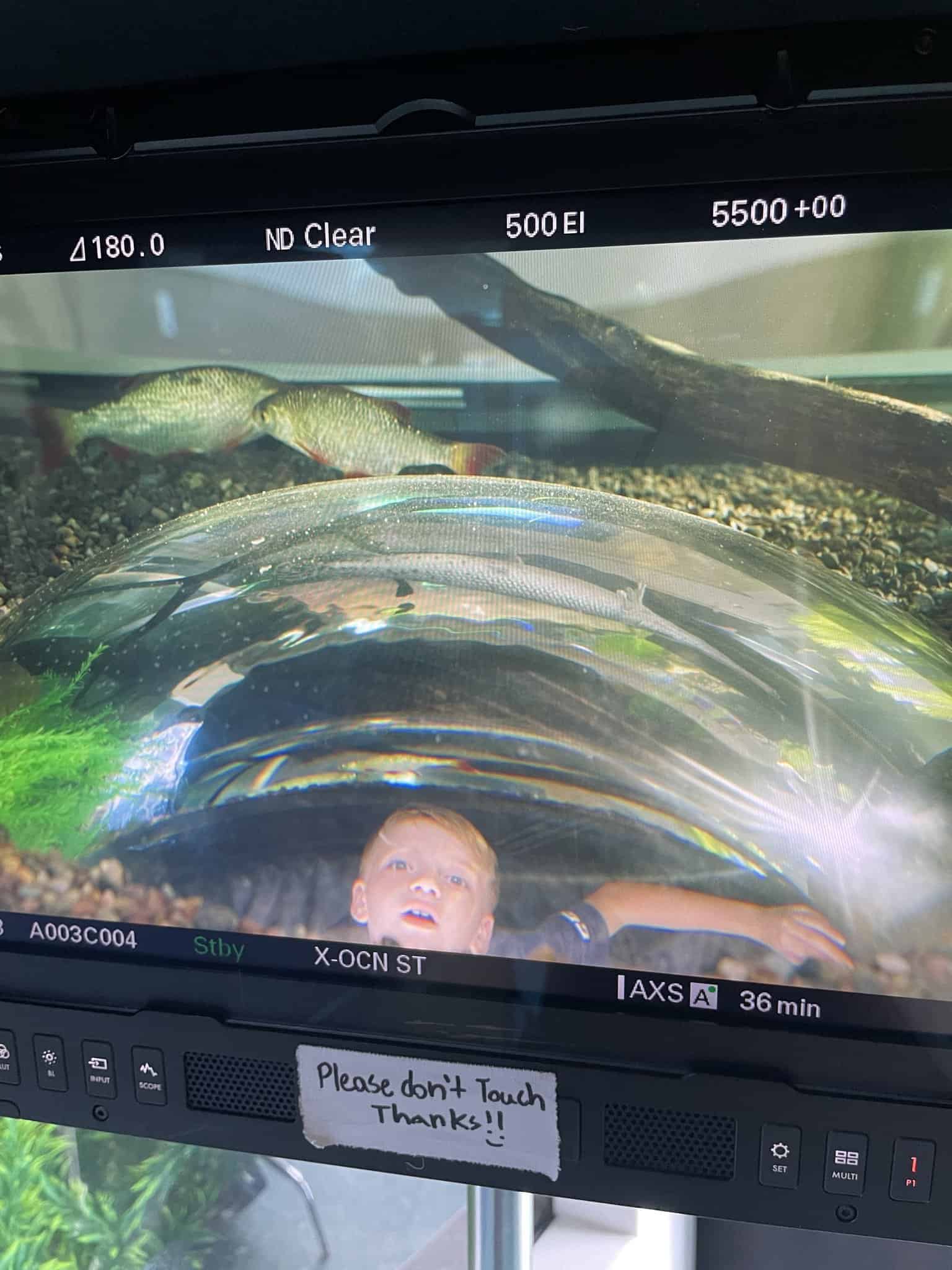
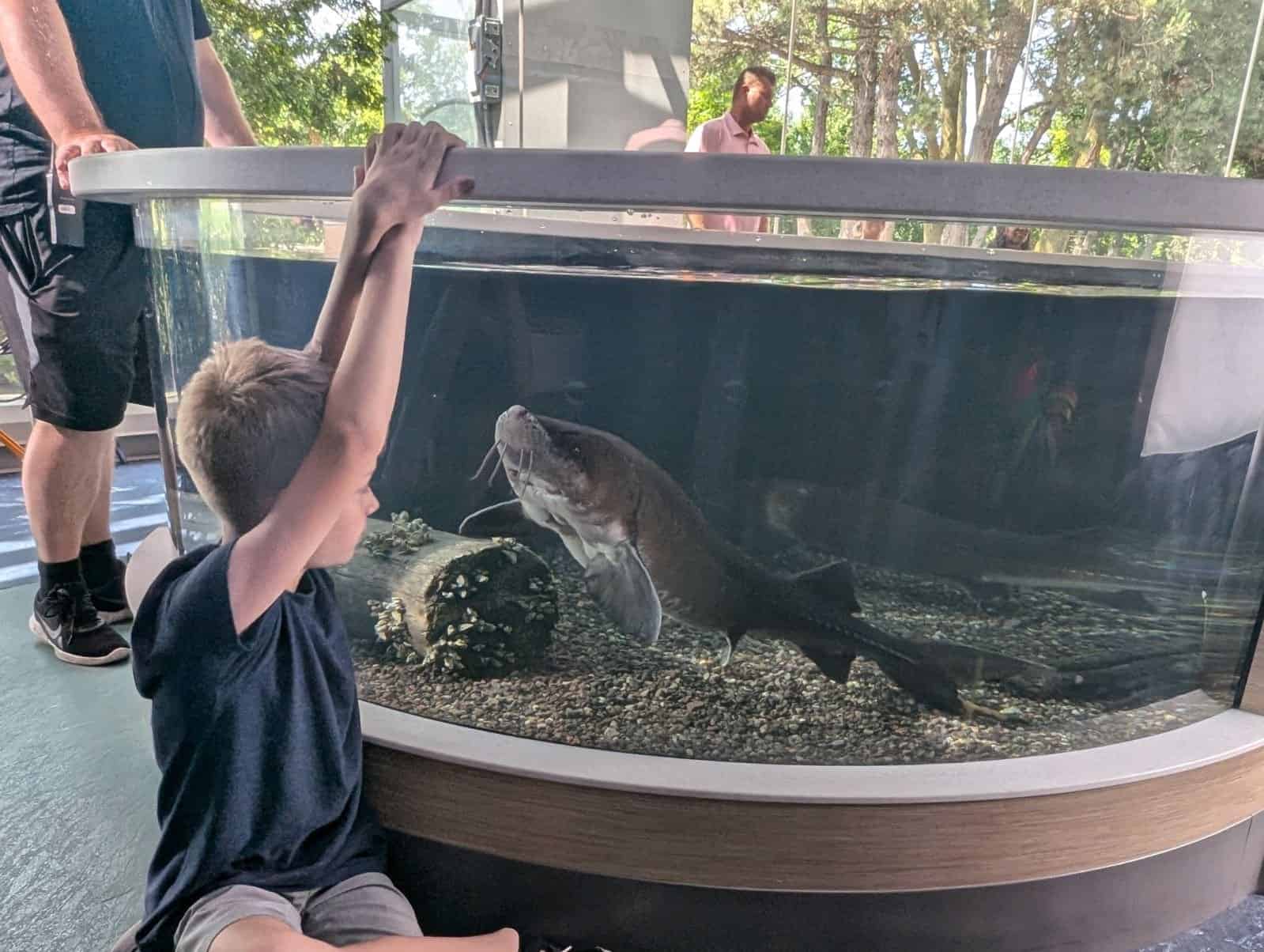

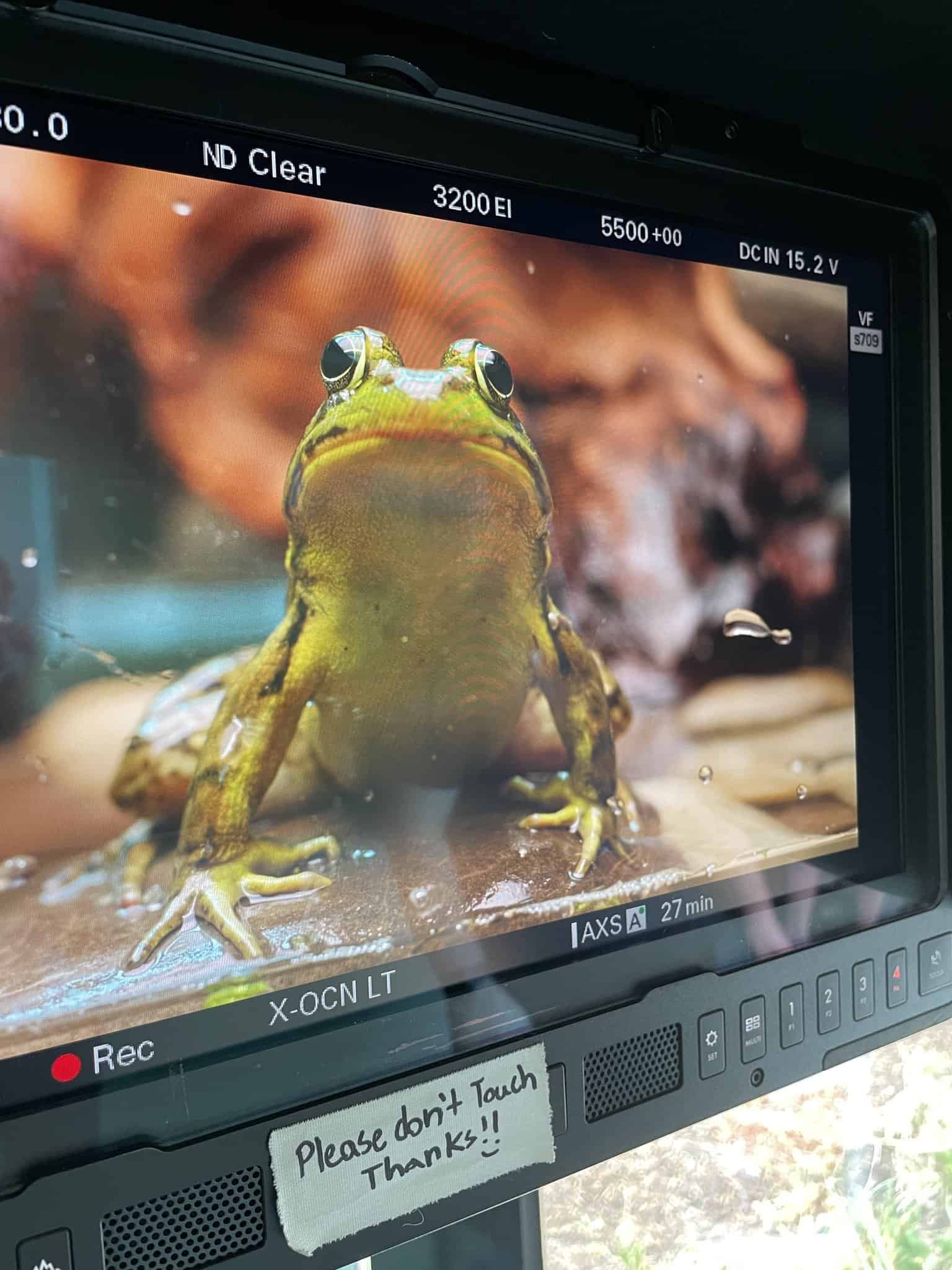
Can you think of a time when things just did NOT go as planned?
The Aquarium has a balloon fish exhibit, which is a cylindrical tank you can crawl underneath and stand up in the middle of to see fish swimming around you. Our kid actor was supposed to slowly stand up with a face of wonder and awe looking at the fish. We budgeted about a half hour to get the shot. Instead, it took multiple attempts with several kids and almost 90 minutes to get one of them to sort of emote properly with a lot of prodding, coaching, demonstrating and coaxing. I ended up crawling in there myself to get the kids to laugh and loosen up to get the facial expressions we were hoping for.
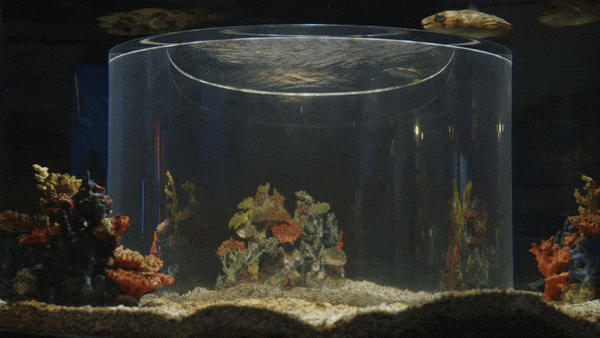
Who is easier to work with – animals or kids?
The big animals like the sea lions are by far easier to work with than kids because they’re trainable. They do what we need them to do every time. We had a shot where we wanted a sea lion dive into the pool and swim across the glass window where we were shooting. It only took one or two takes. Smaller, wilder animals are a different story. There was coral reef at the Aquarium where the plan was to dolly back and forth to capture the fish swimming. All the fish were there when we were setting up, but as soon as we started shooting, they all disappeared. There’s precious little you can do about that besides throwing food in to get them to start swimming around again.
What about on the flipside – has any animal or child surprised you by knocking it out of the park?
At the Corning Museum of Glass, we did a shoot for their Make Your Own Glass experience earlier this year. We had a little girl and a little boy who were so adorable and charming and emotive. The little girl just lit up the camera naturally and needed very little direction at 6 years old. They just don’t think about it too much when they’re that young. She sat down at the mosaic table and just started making stuff exactly the way we needed her to with no direction. When they’re a little older, they get more self-aware that they’re being filmed and tense up a little bit; it takes more to get them to loosen up and act naturally.
Any tricks you employ to get child talent to follow directions?
I personally rely on being a parent for ten years and a former gymnastics coach for kids aged pre-school to high school. Being able to tap into that experience is helpful to read individual kids and see what they need in terms of direction or encouragement. It also doesn’t hurt that I’m 36 but act like a 12-year-old most of the time. I can be goofy and relaxed with them and they relate to that.
Joe’s patience and dedication pays off, giving us the footage we need to create videos and photos that capture the wonder and fun of the destinations we represent. Here are a few spots showing some of our young and aquatic talent in action:





